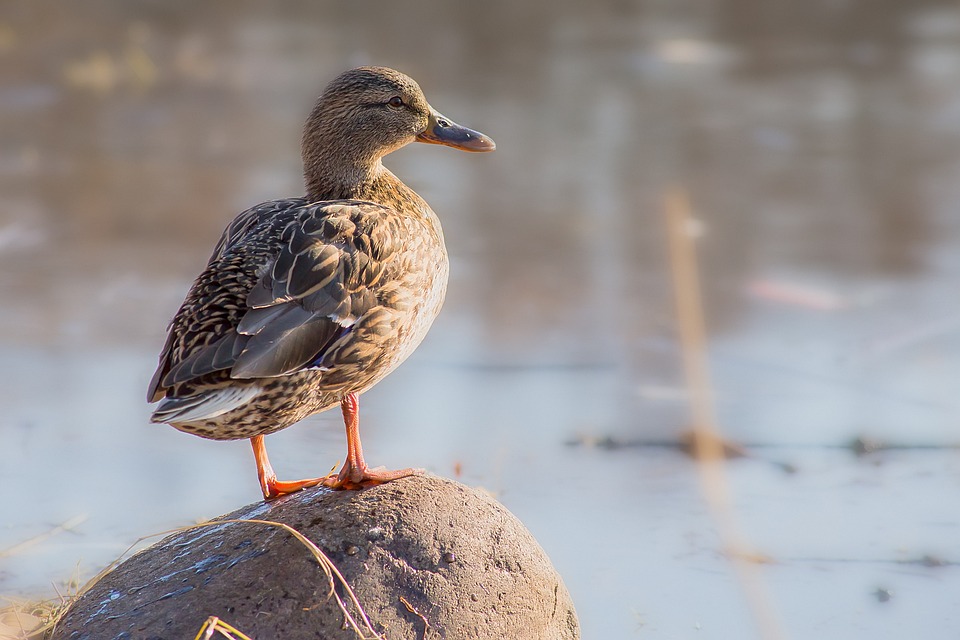Are you a fish enthusiast looking to provide the best living conditions for your aquatic pets? Creating an ideal fish tank environment is crucial to ensure the health and happiness of your fish. Different fish species have varying requirements when it comes to water conditions, tank size, decorations, and companions. In this article, we will guide you through the process of setting up an optimal aquarium environment for your specific fish species. Let’s dive in!
1. Researching Your Fish Species
Before setting up your fish tank, it is essential to conduct thorough research on the specific fish species you plan to keep. Each species has unique needs, including preferred water temperature, pH levels, diet, tank size, and compatibility with other fish. Here are a few key factors to consider:
– Water temperature: Determine the ideal temperature range for your fish species and adjust your tank’s heater accordingly.
– pH levels: Research the preferred pH range to maintain a stable and suitable environment for your fish.
– Diet: Understand the dietary requirements of your fish species to ensure they receive proper nutrition.
– Tank size: Determine the appropriate tank size based on the adult size and swimming habits of your fish.
2. Choosing the Right Tank Size
Selecting an appropriately sized tank is vital for the well-being of your fish. A larger tank provides a more stable environment, dilutes toxins, and allows for better filtration. Consider the adult size and behavior of your fish species when determining the tank size. As a general rule, provide at least one gallon of water per inch of fish. However, keep in mind that some fish, such as goldfish, require even larger tanks due to their specific needs.
3. Setting Up the Tank
Now that you have researched your fish species and determined the tank size, it’s time to set up the aquarium. Follow these steps for a successful setup:
– Clean the tank: Rinse the tank with plain water to remove any dust or debris.
– Add substrate: Choose an appropriate substrate for your fish species, such as gravel or sand. Rinse it thoroughly before adding it to the tank.
– Install equipment: Install a heater, filter, and air pump according to your fish’s requirements.
– Decorate the tank: Add decorations, such as rocks, driftwood, or artificial plants, to create a natural and stimulating environment for your fish.
– Fill the tank: Fill the tank with water treated with a dechlorinator to remove harmful chemicals.
4. Cycling the Tank
Before adding fish to your tank, it is essential to cycle the aquarium to establish a healthy and stable environment. Cycling involves establishing beneficial bacteria that convert harmful ammonia into less toxic substances. Follow these steps to cycle your tank:
– Add an ammonia source: Introduce a source of ammonia, such as fish food or pure ammonia, to kick-start the cycling process.
– Monitor water parameters: Regularly test the water for ammonia, nitrite, and nitrate levels using a reliable test kit.
– Wait for the cycle to complete: It typically takes 4-6 weeks for the nitrogen cycle to establish. During this time, beneficial bacteria will colonize your tank and convert ammonia and nitrite into nitrate.
– Perform water changes: As the cycling process progresses, maintain water quality by performing partial water changes to keep ammonia and nitrite levels under control.
5. Introducing and Caring for Your Fish
Once your tank has cycled, it’s time to introduce your fish. Follow these guidelines to ensure a smooth transition and proper care:
– Acclimation: Float the fish in a bag or container on the water surface for 15-20 minutes to allow them to adjust to the temperature and water chemistry of the tank.
– Slow release: Gently release the fish into the tank, preferably using a net, to avoid sudden temperature or pH shocks.
– Monitor water parameters: Regularly test your tank water to ensure it maintains appropriate temperature, pH, and ammonia, nitrite, and nitrate levels.
– Feeding: Offer a balanced diet suitable for your fish species. Avoid overfeeding to prevent water quality issues.
– Observing behavior: Pay attention to your fish’s behavior, appetite, and overall health. Any sudden changes may indicate stress or illness.
Frequently Asked Questions (FAQs)
Q1: How often should I clean my fish tank?
A1: Regular tank maintenance is crucial for a healthy aquarium. Perform partial water changes of about 20% every 1-2 weeks and clean the tank’s glass, decorations, and filter to remove excess waste.
Q2: Can I keep different fish species together in the same tank?
A2: Some fish species can coexist peacefully, while others may be aggressive or have specific compatibility requirements. Research the compatibility of your fish species to avoid conflicts or stress.
Q3: How can I maintain proper water quality?
A3: Monitoring and maintaining proper water parameters through regular testing, appropriate filtration, and performing regular water changes are key to maintaining optimal water quality for your fish.
Q4: Should I provide lighting for my fish tank?
A4: Lighting is essential for simulating day and night cycles. Select appropriate lighting based on your fish’s natural habitat and consider the light requirements of any live plants in your tank.
Q5: What should I do if my fish shows signs of illness?
A5: If you notice any signs of illness, such as loss of appetite, abnormal swimming, or physical abnormalities, isolate the affected fish and seek advice from a knowledgeable fish veterinarian or a reputable fish store.
Creating an ideal environment for your fish enhances their overall well-being and allows you to enjoy a thriving and vibrant aquarium. By carefully researching your fish species, providing suitable tank conditions, and maintaining proper care, you can create a harmonious and healthy habitat for your aquatic companions. Happy fishkeeping!









